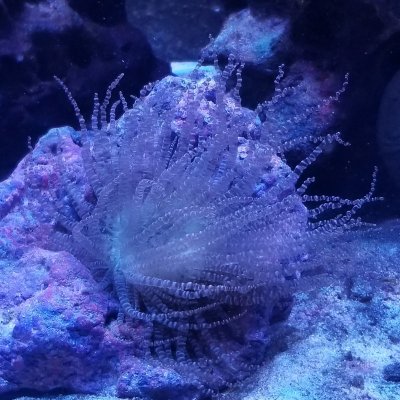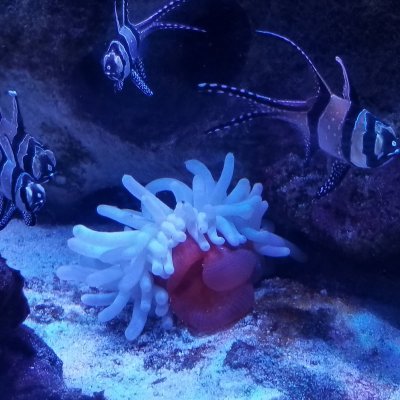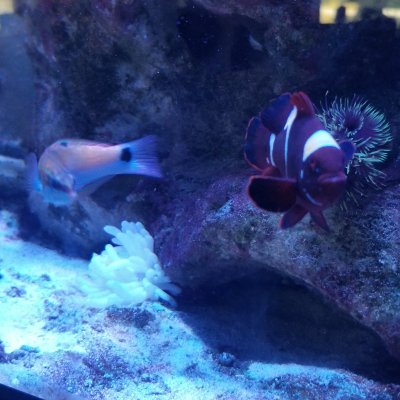Hello everyone! I am fairly new to reefing (2 years) and very new to anemones and wrasses (acquired first anemone and first wrasse less than one week ago) and was noticing the my wrasse appears to be host, or at least cohabiting with, one of my new anemones. The wrasse is very busy around the tank checking all the nooks for food, but his favorite spot is to go inside the spaceship ornament with the anemone who decided to live there. The wrasse and the anemone seem perfectly happy together. Is this normal? Should I be concerned for either animal? I have included photos (apologies for the poor quality). I would be happy for any advice, knowledge and/or identifications.
My tank is a one year old 125 gal with 30 gal sump with refugium
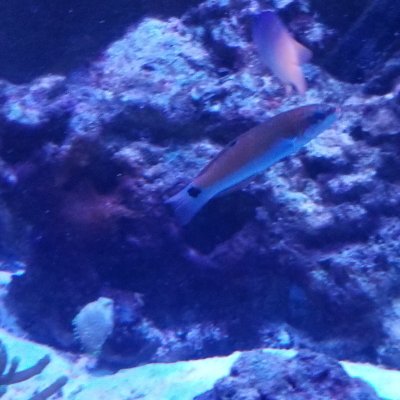
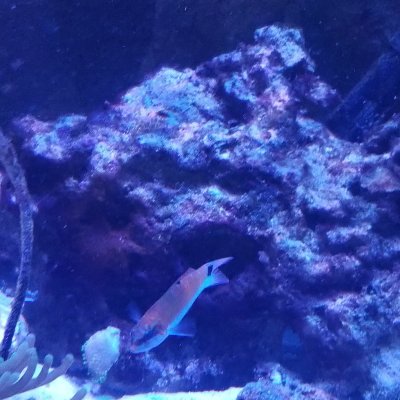
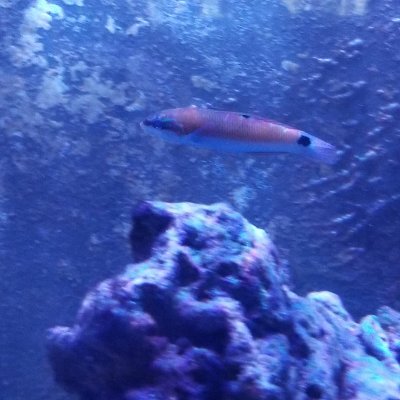
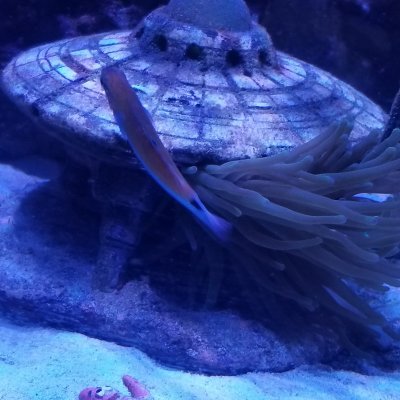
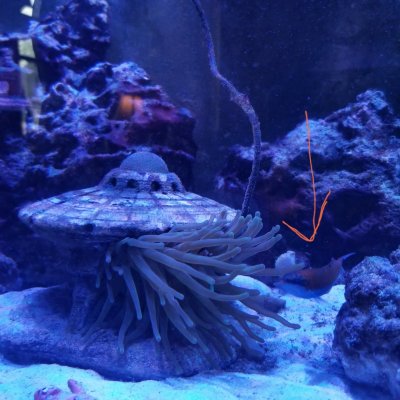
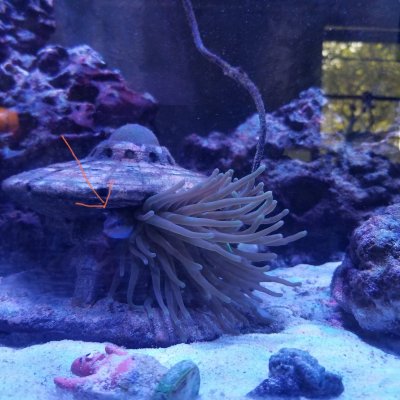
My tank is a one year old 125 gal with 30 gal sump with refugium






Last edited:




